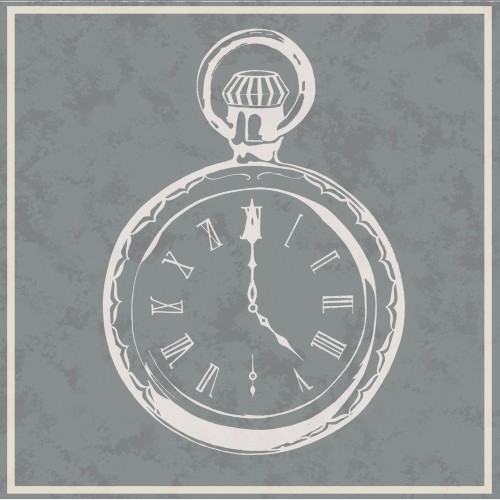 Release Date: August 9, 2013
Release Date: August 9, 2013





The Speed of Sound in Seawater, an independent math rock band from Elk Grove, Calif., plans to release its cleverly-titled debut LP First Contact on August 9. With four stellar EPs under its belt, the band had a lot to live up to when it finally set out to record its debut full-length—and by God, did it deliver.
First Contact will surely be a favorite among math rock fans and overflow to those who favor other genres, as well. With beautiful layers of guitar, incisive lyrics, and ingenious timing, this album has something to speak to everyone.
The album starts off with the gorgeous, H. P. Lovecraft-inspired track, “To Kelly Lee.” It’s the dark tale of two lovers who stumble upon ancient ruins, and the chaos that ensues.
This song might be lead singer and guitarist Damien Verrett’s best example of his skills as a songwriter on the album. As a lyricist, he’s capable of portraying any mood he pleases. The calming beginning of “To Kelly Lee” picks up perfectly when the couple realizes what is about to happen, with the lyrics, “Gather yourself, I need you calm and collected,” placed so well on top of the quickened, anxious guitar.
With First Contact, the band switched singers for many of the tracks, and accomplished it beautifully.
For a majority of the group’s discography, Verrett has acted as the primary singer, but in this release the other two singers, Jordan Seavers and Luke Ulrici, really shine, both as vocalists and songwriters.
For example, in the second song, “Winter Solstice Baby,” both Seavers and Ulrici harmonize for most of the track to create a radiant, happy sound. It’s a playful, jumpy song that gets you up and moving, which is a new direction for The Speed of Sound in Seawater. It deviates more than any song the band has written to date, but falls right into place on this album.
“Opassa’s Grotto,” an unreleased song that was refurbished to fit on First Contact, is one of the best on the record. The cheery song about a group of friends hanging out by the water hits its peak around halfway through when it transitions into a loud, epic bridge. After a colossal breakdown of the repeated line, “It must be the break of dawn,” the band kicks into one of the most prominent guitar solos on the LP before ending the track’s story with the unforgettable night sadly coming to an end.
Quite possibly the most surprising track on the album is Seavers’ “The Macabray,” which is a beautiful track composed entirely by the guitarist. It features woodwinds, violins, and piano, none of which are common for the band. It is by far one of the best and most unique songs on the album, leading to a different world that is separate from the rest of the tracks. The same goes for “Kid Ghost II,” also written by Seavers.
First Contact ends with a quirky track about coming across undiscovered land after being at sea, then finding not-so-friendly inhabitants when searching the ruins found there.
This song, also inspired by the works of author H. P. Lovecraft, fitfully ends the epic journey the band ventures upon over the course of its debut, filled with strange discoveries, communication with the supernatural, and a little hint of the paranormal.
The old TSoSiS has officially come and gone, but this is not a bad thing. The once super-fast, untameable young musicians have matured and found an equilibrium that sets them apart in a growing genre.
First Contact is easily one of the most accessible math rock albums of all time, continuing the band’s run as one of the leaders of the indie scene. It has found the perfect blend of odd time signatures, subtle guitar shredding, and solid songwriting to make an instantly classic math rock gem.
The Speed of Sound in Seawater – First Contact tracklist:
- “To Kelly Lee”
- “Winter Solstice Baby”
- “Anyanka”
- “Apples to Apples Dust to Dust”
- “Opassa’s Grotto”
- “Lots of Love for Logan”
- “The Macabray”
- “Soulmate 2.1”
- “Kid Ghost II”
- “The Oddest Sea”


